What are Stem Cells
Overview
Humans are multicellular, complex organisms made up of approximately 30 trillion (30,000,000,000,000) cells. There are about 200 different types of cells in our bodies. Each cell type has a different structure, size, shape, and is “specialized.” to perform a unique and special function. Red blood cells, skin cells, fat cells, and neurons are just a few examples of these 200 different cell types. However, some cells in the body will eventually die and/or could be damaged and need to be replaced. Fortunately, a healthy human body is capable of maintaining a precise balance between the number of cells produced and the number of cells that die. The cells which are responsible to maintain this balance are called stem cells. Stem cells, in general, are undifferentiated (non-specialized) cells that can divide to produce cells that are destined to differentiate (become specialized). Therefore, stem cells are an ongoing source of the differentiated cells that make up the tissues and organs of our bodies. Moreover, they have the potential in the development of therapies for replacing defective or damaged cells resulting from a variety of disorders and injuries, such as Parkinson’s disease, heart disease, and diabetes.
Types of Stem Cells
There are two major types of stem cells: embryonic stem cells and adult stem cells. Embryonic stem cells are derived from the inner cell mass of a mammalian embryo at a very early stage of development. They give rise to a wide variety of differentiated tissues. The use of human embryonic stem cells evokes ethical concerns because the blastocyst-stage embryos are destroyed in the process of obtaining the stem cells. On the other hand, adult stem cells also known as somatic stem cells are found throughout the body after development, that multiply by cell division to replenish dying cells and regenerate damaged tissues. Unlike embryonic stem cells, the use of human adult stem cells in research and therapy is not considered to be controversial, as they are derived from adult tissue samples rather than human embryos. There are various types of adult stem cells amongst which:
Hematopoietic stem cells (HSCs) are found in the bone marrow and umbilical cord blood which can differentiate into all blood cells.
Mesenchymal stem cells (MSCs) have been isolated from placenta, adipose tissue, lung, bone marrow and blood, and Wharton’s jelly from the umbilical cord. MSCs are attractive for clinical therapy due to their ability to differentiate into various cell types such as osteoblasts, adipocytes, and hepatocytes.
Endothelial stem cells (ESCs) are found in the bone marrow. They are a rare group with the ability to differentiate into endothelial cells, the cells that line blood vessels as well as lymphatic vessels.
Cord Blood Stem Cells and Benefits
Umbilical cord blood is the blood remaining in the cord after the baby has been born and the cord has been cut and clamped. It contains valuable stem cells and have been used for 20 years to treat more than 80 life-threatening diseases and disorders. Banking your child’s cord blood stem cells can change or even save a life. Today stem cell therapies continue to evolve, bringing new hope to patients and their families. Below are just some of the benefits of cord blood stem cells:
- Cord blood stem cells (CBSCs) provide successful treatment of certain types of cancers such as acute and chronic leukemias, blood disorders like aplastic anemia and beta thalassemia, immune disorders such as chronic granulomatous and severe combined immunodeficiency diseases, and metabolic disorders like Krabbe disease and Hurler syndrome.
- CBSCs are readily available, inexpensive, and has ten times the number of stem cells extracted from bone marrow.
- Researchers have found that CBSCs present much less chances of rejection than adult cells.
- CBSCs have low risk of infection. However, with adult stem cells, there is the risk of injecting diseased stem cells into the body.
- CBSCs present no risk to the mother and child since the extraction of cord blood stem cells is completely postnatal. The mother and bay remain completely safe, and the extracted cord stems can be used to save another person.

Cord blood banking is a valuable resource for families who want to ensure that they have access to potentially life-saving treatment options for their children or other family members in the future.
Contact
Tel: +973 382 78000
Mobile: +966 50 582 1065
Email: info@cordship.com
Buashirah Area, Manama, Block 332, Road 3207, Building 398, Shop No. 24

